75 years ago, the uprising in the Warsaw ghetto broke out REMEMBER (ENG)
The uprising was not a gust of struggle for victory and laurels, but a stone thrown against the ideology of wild, disrespected human traits and against the enormous strength of the state in the center of Europe ruled by a group of murderous perpetrators in the face of a silent world. This act, which is engraved in the memory and human consciousness, takes the measure of the myth, the rebellion of the weak and abandoned against the amazing, destructive forces and deserves a new commandment: never again - wrote prof. Israel Gutman. ("19.04.1943", Shalom Foundation)
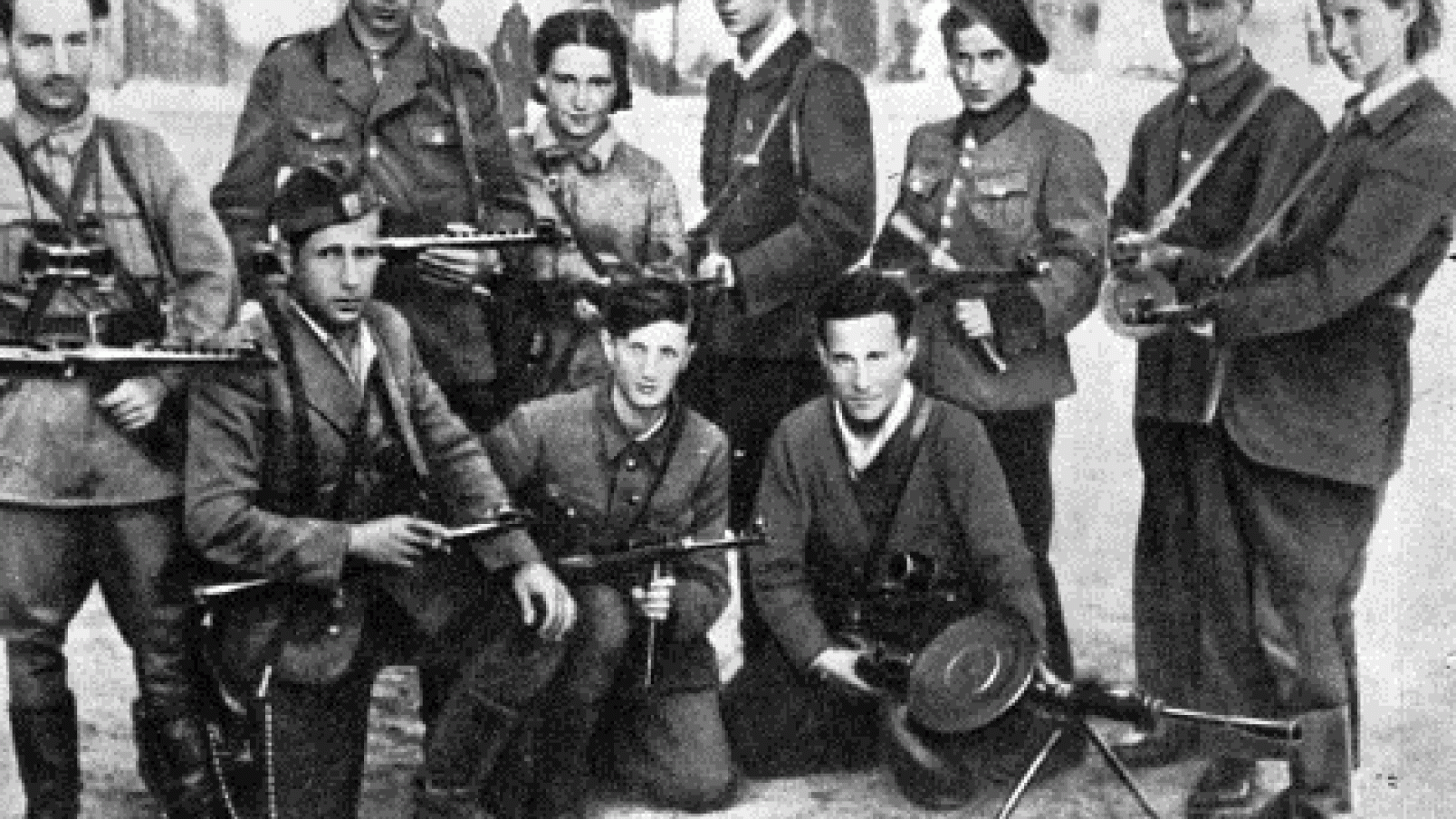
The Warsaw ghetto was the largest among those founded by the Germans. According to the census made at the order of the German authorities by the Judenrat in October 1939, there were about 360,000 in Warsaw. Jews.
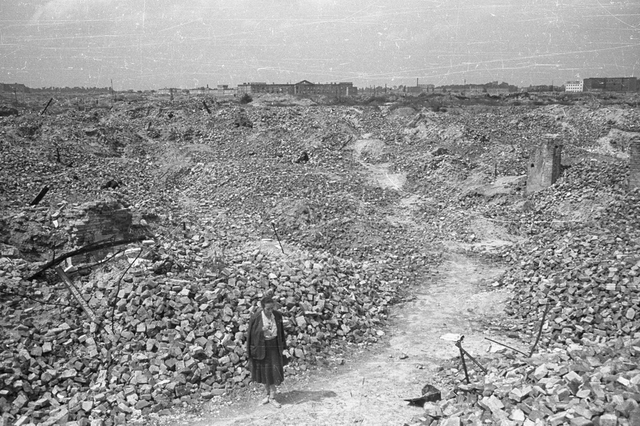
Their number increased after the order issued on October 30, 1939 by Heinrich Himmler, which ordered the resettlement of the Polish and Jewish population to the General Government from the lands annexed to the Reich. As a result, from November 1939 to October 1940, about 90,000 arrived in Warsaw. Jews.
Although the number of ghetto inhabitants due to high mortality and escapes decreased, subsequent migrations continued to thicken the ghetto, whose territory was shrinking. From January to March 1941, about 50,000 people came to him. Jews from the western part of the Warsaw District. At that time, the number of ghetto inhabitants reached a maximum of around 460,000.
Jews living in the ghetto lived in terrible conditions. In his memoirs, Marek Stok described the Warsaw ghetto in the winter of 1941: Thousands of paupers, beggars are constantly camping on the street. They are not people - some terrible mary. Ghost characters in dirty rags, rags, emaciated faces with feverish eyes and swollen legs. Are everywhere. In the backyards, on the sidewalks, under the walls and on the streets, they fail, they shout, they ask for alms. (...) You can not walk a long section down the streets to avoid meeting human corpses. The corpse lies in rags on the pavement, and people hurry, trying not to look, pass by, until some merciful soul covers him with newspapers. Dead bodies of men, women and children. On all streets.
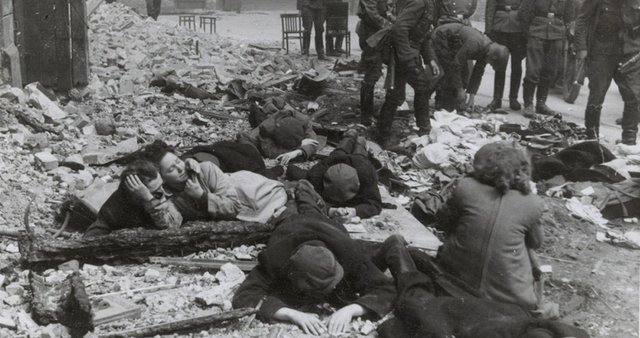
On July 22, 1942, the Nazis began a deportation operation in the Warsaw Ghetto, in which about 380 thousand people stayed. Jews. Within two months, 300,000 people were taken to Treblinka and gassed. people. About 60,000 remain in Warsaw people of Jewish nationality, half of them illegally. 20 thousand it got to the "Aryan" side of the city.
The awareness that the Germans are striving for the total extermination of the Jews, changed the character of the Jewish resistance movement. On July 28, 1942, the first Jewish Combat Organization (ZOB) was established in the Warsaw ghetto, which on October 15, 1942, was extended to include more groups.
The founders of ŻOB were, among others, Icchak Cukierman, Cywia Lubetkin, Marek Edelman, Josef Kapłan and Mordechaj Tanenbaum. Mordechaj Anielewicz became the commandant of the Jewish Fighting Organization. The organization had about 500 members, made contact with the Polish underground (Main Headquarters of the Home Army) and planned to resist the Germans during subsequent deportation actions.
In addition to the Jewish Fighting Organization, the Jewish Military Union (ZZW) was active in the ghetto, whose members were from the pre-war Jewish national movement, Betar. However, little is known about the activities of ZZW. Most of the fighters of this formation fell in the ghetto uprising.
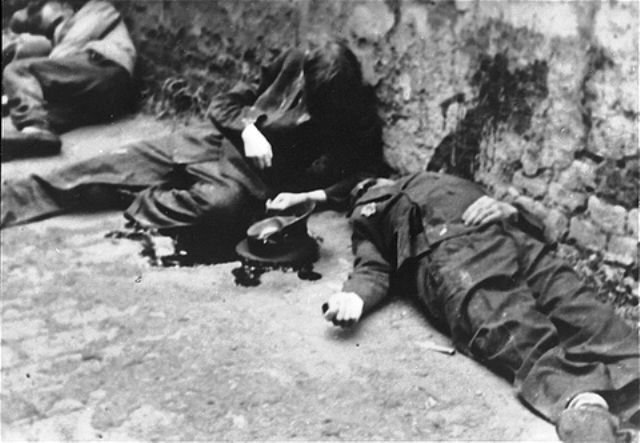
Although attempts to merge ZOB and ZZW before the outbreak of the uprising failed, during the fighting in April 1943, both organizations cooperated with each other. The scope of their activities and the role played during the uprising to this day, however, arouse discussions.
The basic problem of Jewish fighters from ZOB and ZZW was the lack of weapons. Small supplies from the Polish underground were not enough. They tried to get weapons on the "Aryan" side in various ways and to deliver it to the ghetto. Underground factories produced incendiary bottles, bulbs filled with sulfuric acid and grenades. In the autumn of 1942, residents began to build tunnels, bunkers and shelters in the ghetto. Most of them no longer had any illusions about German plans and were aware that the people deported from the ghetto were murdered.
The first armed incursion took place in the ghetto on January 18, 1943, when German troops entered to him to deport 8,000 to Treblinka. Jews. This time, however, the Germans encountered armed resistance from the members of the Jewish Fighting Organization. In four days of unequal struggle, several hundred Jews fell. The Nazis deported about 4,000 at that time. people, but then the action was interrupted.
The battles broke out again on the morning of April 19, 1943, when 850 Waffen-SS soldiers armed with machine guns, flame throwers, a plot of land, armored cars and tanks entered the ghetto by a gate from Nalewki Street. They were attacked by Jewish insurgents who were successful in the first clash. In the afternoon of the same day, more numerous and better armed German troops entered the ghetto again. Gen. SS Juergen Stroop commanded them.
About one thousand weakly armed insurgents took part in the fighting. Germans opposed them to over 2,000 soldiers of the Wehrmacht, SS and auxiliary branches of the Ukrainian, Lithuanian and Latvian. Armored vehicles and artillery were used against insurgents.
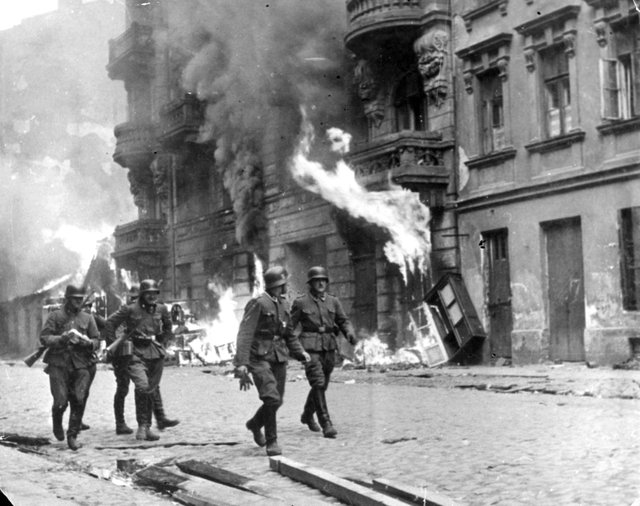
For almost a month, the Warsaw ghetto was fighting a German army. The heaviest fighting took place in the area of ul. Zamenhoff and Nalewki and on pl. Muranowski. The Germans systematically moved deeper into the ghetto. By burning and destroying the house, they forced civilians to leave the bunkers and shelters.
Undertaken to a limited extent by the Polish underground (a few units of Kedyw, the Socialist Fighting Organization and the GL) attempts to help the lonely Jewish fighters were unsuccessful.
During the fights in the ghetto, the ŻOB directed an appeal to the Poles, distributed on the Aryan side, in which Poles, Citizens and Soldiers of Freedom were written. (...) Among the fires of smoke and dust of the blood of the Warsaw ghetto murdered - we prisoners of the ghetto, we send you cordial greetings. We know that in heartbreaking pain and tears of compassion, that with admiration and fear for the outcome of this struggle, you look at the war that we have been dealing with with cruel occupation for many days. But know that every threshold of the ghetto, as it has been so far, will continue to claim that we can all perish in this fight, but we will not surrender that we are panting, as well as you, for revenge and punishment for all the crimes of the common enemy. There is a fight for our and your Freedom. For your and ours - human, social, national - honor and dignity. We will avenge the crimes of Oświęcim, Treblinka, Bełżec and Majdanek! Long live the brotherhood of arms and the blood of fighting Poland!
On May 8, the Germans discovered and surrounded the huge shelter at ul. Miła 18, in which there were several hundred people, including ŻOB staff and over 100 Jewish fighters. At the request of the Germans, the civilians left, while the majority of the insurgents, along with the commander Mordechaj Anielewicz, committed suicide.
The uprising, despite the appeals of the Polish government in London, did not trigger any Allied reactions. In a protest against the indifference of the world to the tragedy of the Jewish people, on May 12, 1943, a member of the National Council of the Republic of Poland in London, Szmul Zygielbojm, committed suicide.
In a letter addressed to President Władysław Raczkiewicz and Prime Minister Władysław Sikorski, he wrote: Among the walls of the ghetto, the last act of tragedy unknown to history takes place. Responsibility for the crime of murdering the entire Jewish population in Poland falls primarily on the murderers themselves, but indirectly also burdens all humanity, nations and governments of allied states, which until now have not attempted to carry out a specific action to stop this crime. Looking at the murder of millions of defenseless tormented children, women and men, these countries became the accomplices of criminals. () I can not stay alone. I can not live when the remnants of the Jewish nation in Poland, of which I am a representative, are liquidated. (...) With my death I want to express the strongest protest against passivity with which the world is watching and allowing the destruction of the Jewish people.
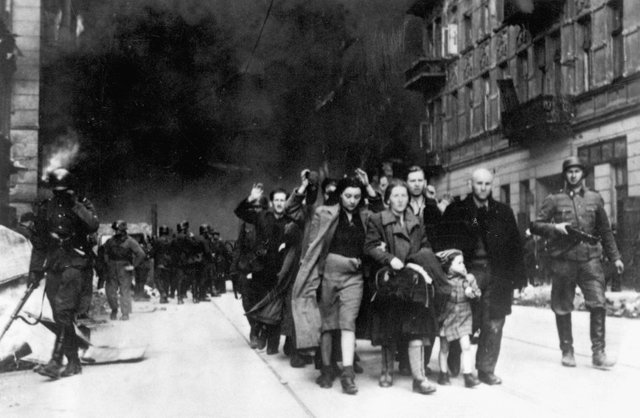
The insurgents in small, dispersed groups fought until May 16, 1943. On that day, General Stroop announced the end of the pacification campaign and, as a sign of victory, he ordered to blow up the Great Synagogue in Tłomackie.
In a report drawn up on the liquidation of the Warsaw ghetto, Stroop wrote: The resistance put up by bandits could only be broken by the vigorous and tireless battle of assault troops that lasted day and night. On April 23, 1943, the Reichsfuehrer SS, through the higher commanding officer of the SS and the police "East" in Krakow, ordered him to search with the utmost ruthlessness and inexorable severity of the Warsaw ghetto. That is why I decided now to completely destroy the Jewish residential district by burning all blocks of flats, including blocks at defense plants. (...) the Aryan people were warned that the one who knowingly gave shelter to a Jew, and in particular outside a Jewish residential district, would give room, feed or hide a Jew, would be punished with death.
The Warsaw Ghetto was razed to the ground. According to Gen. Stroop's reports, from April 20 to May 16, 1943, more than 56,000 were discovered and liquidated in the bunkers. Jews. About 6,000 died on the spot in battle, as a result of fires or asphyxiation. 7,000 Jews were murdered in the ghetto by the Germans, they sent the same number to Treblinka. The remaining group of about 36 thousand she was sent to other camps, above all to KL Auschwitz and Majdanek.
The German losses were to be carried out according to the same reports of several dozen dead and several dozen wounded. Jewish and Polish sources say that they were several times higher.
Of the ŻOB soldiers, a few dozen survived the ghetto uprising. Most of them, however, did not live to see the end of the war, died fighting in guerrilla units, in the Warsaw Uprising, or were handed over to the Germans. Only a few survived the war, including two members of the ZOB command - Icchak Cukierman and Marek Edelman. Almost all ŻZW soldiers died in the ghetto fights.
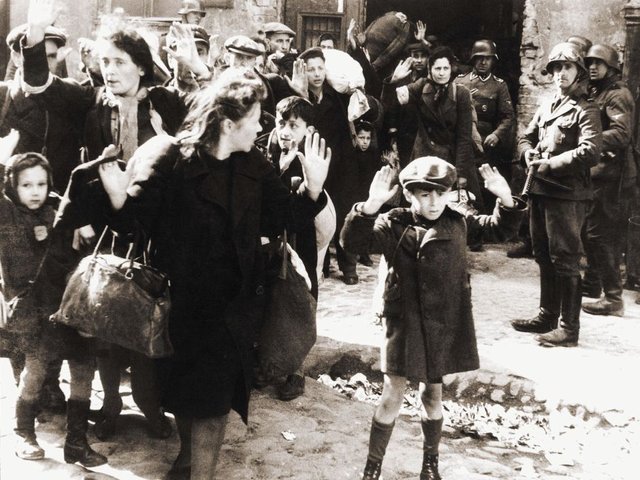
About the battle that took place on April 19, 1943, Marek Edelman said: We did not dream about Polish or English commandos who come to our aid. We were dreaming about weapons. I know, I know it would not change anything. But - as the song says - + it's not about reaching the goal, but about going on the sunny side +. We could not win, but we wanted to go on the sunny side. There are such beautiful words: dignity, humanity. We defended it. "(" On the 40th anniversary of Agonia, the struggle and death of the Warsaw ghetto. "Edelman 'Ghetto fights').
You are probably unaware of the fact that tag #polish is used by Polish community. We really don't like posts in other languages and it looks like spam in our eyes. Don't worry - it's a common mistake. In the name of Polish community we kindly ask you to edit your post and change or remove tag #polish (better option is #poland).
ok sorry men